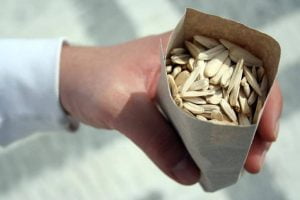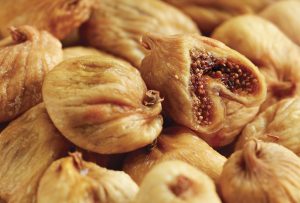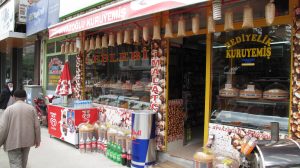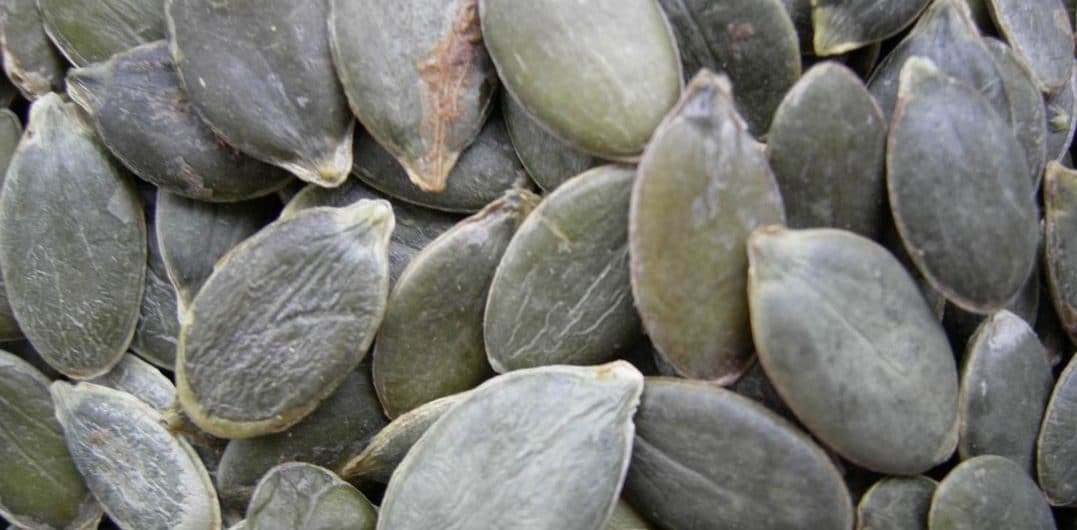A good example of the richness of its cuisine is, without a doubt, Turkish dried fruits and nuts. No country eats and reveres dried fruit, seeds and nuts quite like Turkey.
Today, the consumption of nuts has become an essential part of a healthy diet. Nuts have been recommended primarily for coronary heart diseases, problems in blood sugar and cholesterol, diabetes, metabolic problems, and their antioxidant, vitamin and mineral contents. More and more governments recommend them to be consumed on a daily basis.
Dried fruits and nuts occupy a special place in the culinary culture and have created their own special traditions.
In Turkish there is a special word, kuruyemiş, which used to describe all sorts of mixed nuts and dried fruit.
Squash and sunflower seeds (çekirdek) have become practically vital when going to the park or to watch football. For this reason the entrances to parks are full of sellers of squash and sunflower seeds. It’s a food used to pass the time. Vast areas are covered by the shells of the sunflower seeds and there is a fine art to extracting the kernel inside. It takes practice but once you get the hang of it you too, will be addicted.
Open-air and regular cinemas are places where sunflower and squash seeds are also consumed. As well as in tea gardens.
Villages
Dry fruits and nuts also add colour to village festivals. In the old days, when sweets were uncommon and sugar was expensive villagers would give children handfuls of dry fruits and nuts.
 Dry fruit and nuts also help people pass the long winter nights. When tea and coffee were not readily available, it was common to serve guests plates of dry fruit and nuts.
Dry fruit and nuts also help people pass the long winter nights. When tea and coffee were not readily available, it was common to serve guests plates of dry fruit and nuts.
When children went to school, mothers filled their pockets or bags with whatever dried fruit or nuts were available.
Turkey also has a rich tradition of using dried fruit and nuts in deserts. Baklava, raisin cakes, marzipan, pistachio marzipan, almond and hazelnut biscuits and aşure. Turkish Delight and Nut brittles are always popular. There are many, many more plus savory dishes and snacks
Economy
With these various characteristics, dried fruits and nuts, as a much-consumed foodstuff, play an important role in our economy. Shops dealing exclusively in nuts and dried fruits are common throughout Anatolia.
Turkey is the world’s largest producer of hazelnuts, the 10th largest exporter of pistachios in the world. The third biggest chestnut producer in the world. The areas around Mugla and Mardin are the main predominate locations for Almond production. Over 70 million USD worth of Almonds were exported in 2015. Over 80% of all the dried apricots come from Turkey and the world’s biggest dried fig producer and exporter. As you can see, fruit and nuts are big business.
Many different regions, provinces or towns are quite famous for one or other type of dried fruit or nut. Leblebi, dried chickpeas, of Çorum, Sandıklı and Mardin Dağlı, pistachios of Gaziantep, apricots of Malatya, and the hazelnuts of the Black Sea. In Çorum, you can find leblebi flavored with everything you can imagine. Plain, salt, mastic, pepper,  clove and sugar. The hazelnuts in the Black Sea and pistachios in Gaziantep have evolved to be used in many different foods. From puddings to savory dishes they are a mainstay of the local diet.
clove and sugar. The hazelnuts in the Black Sea and pistachios in Gaziantep have evolved to be used in many different foods. From puddings to savory dishes they are a mainstay of the local diet.
Hazelnuts, peanuts, pistachios, pine nuts, chickpeas (roasted as leblebi), grapes, plums, sunflower seeds, squash seeds, watermelon seeds, melon seeds, apricots, apricot kernels, almonds, mulberries, Russian olives, carob, dates, figs, walnuts and corn are all dried and eaten.
Some fruits are dried for the purpose of stewing in the winter, such as plums, apricots, wild apricots, sour cherries, apples and pears. These can also be used in chutneys and jams. We are really missing out in the UK. Have a go, next time you eat a melon, save and roast the seeds in the oven!


Comments